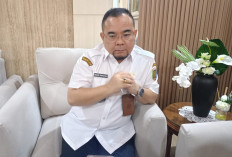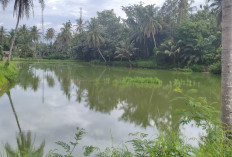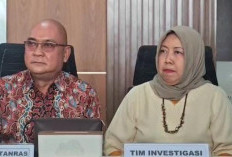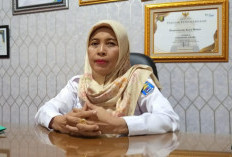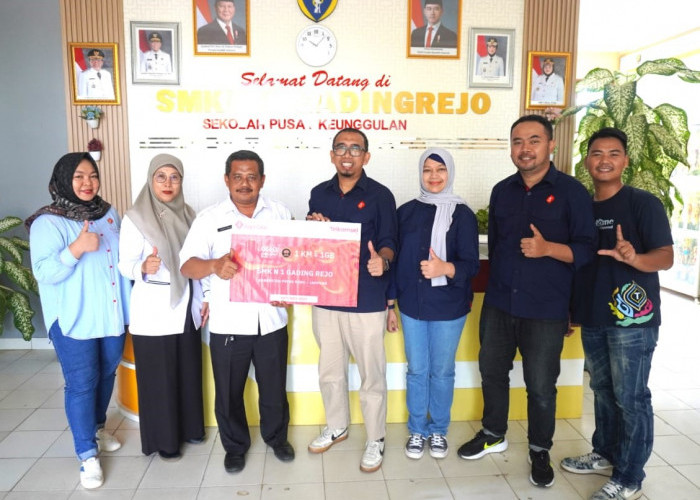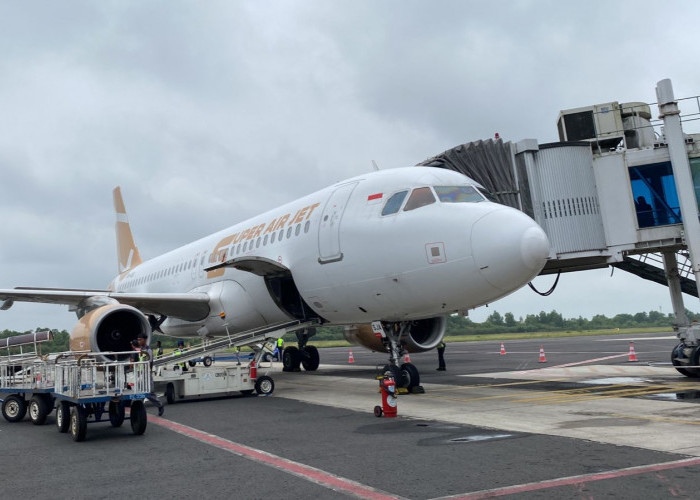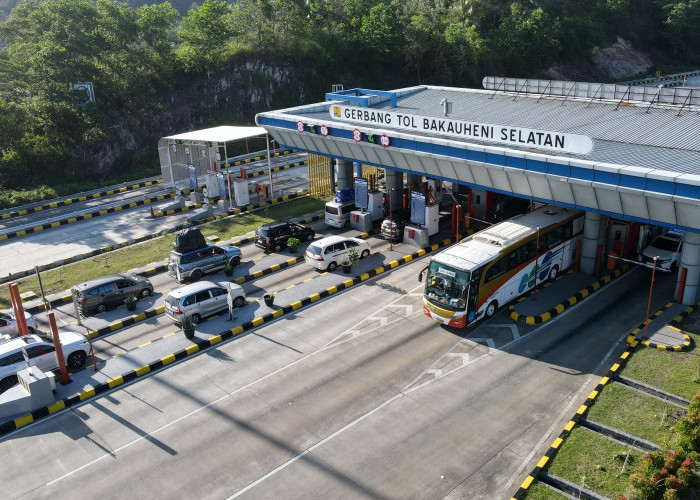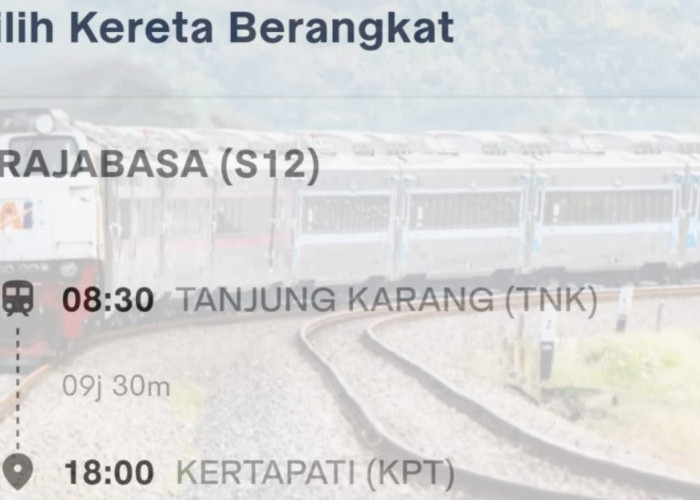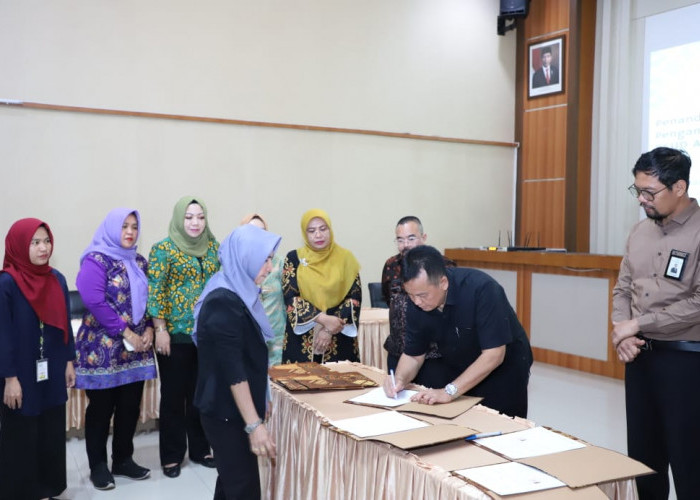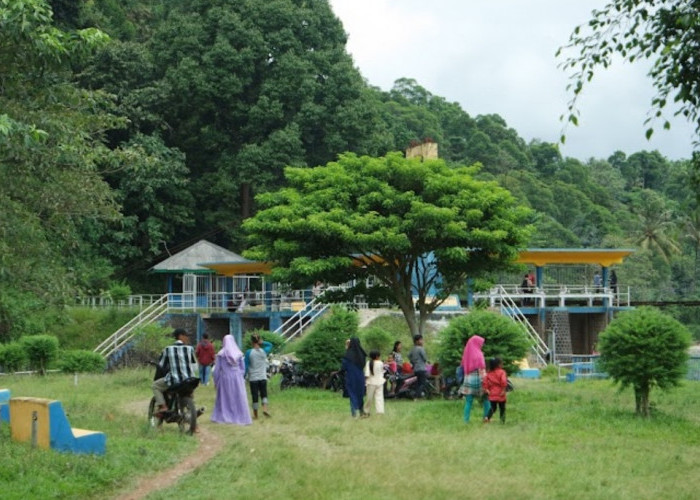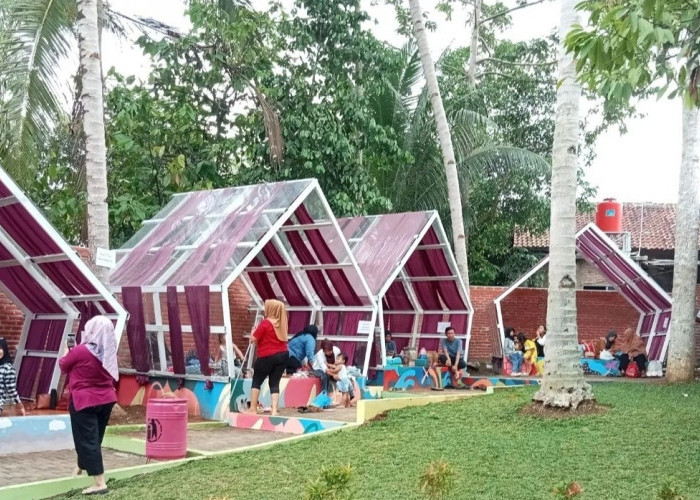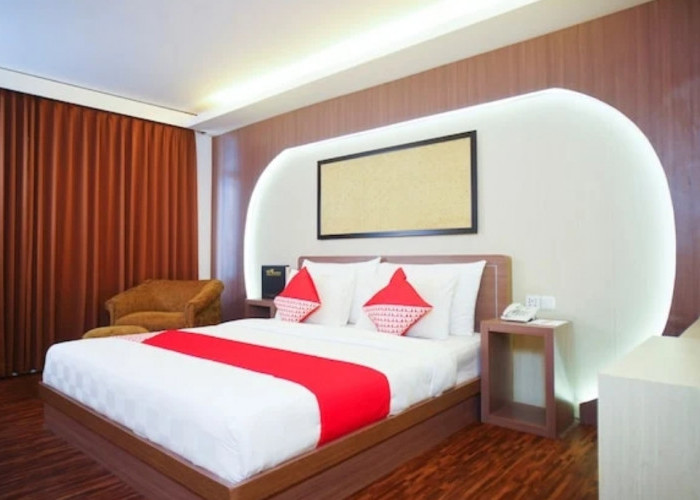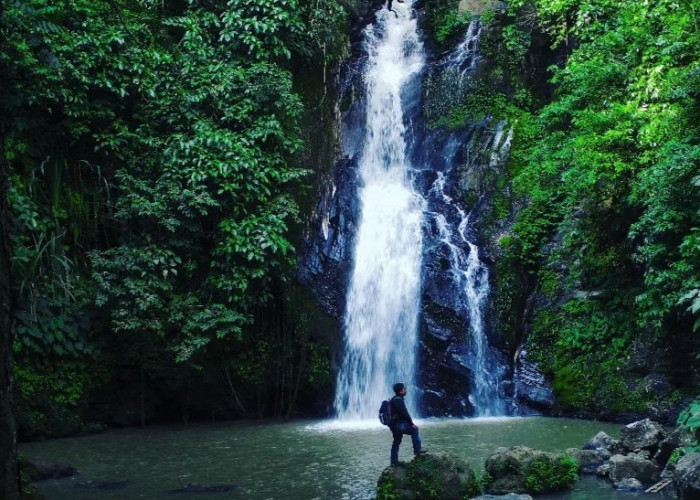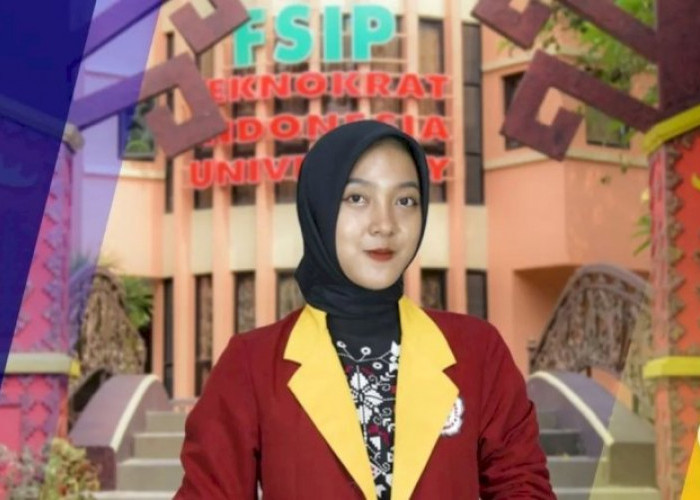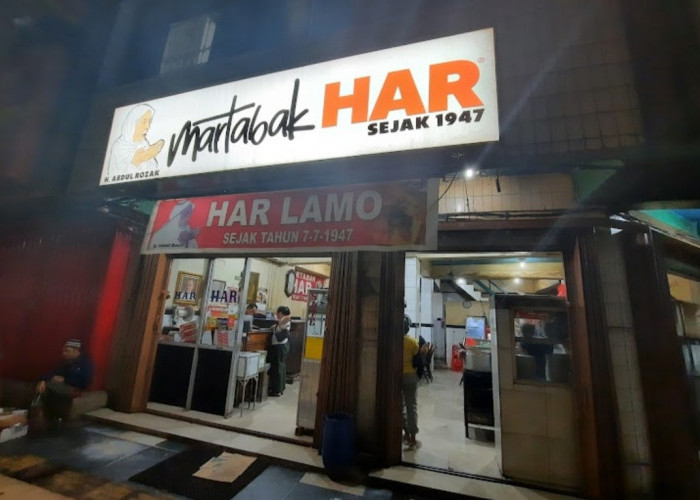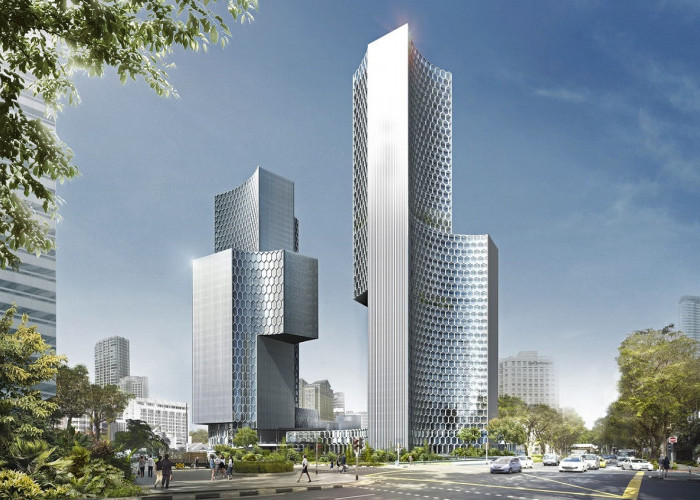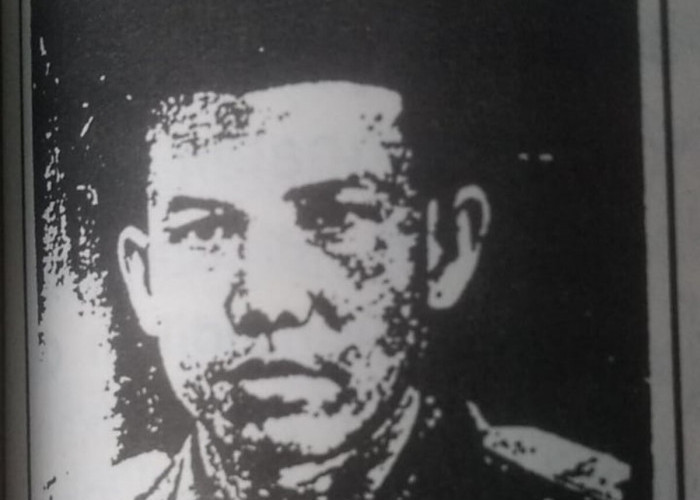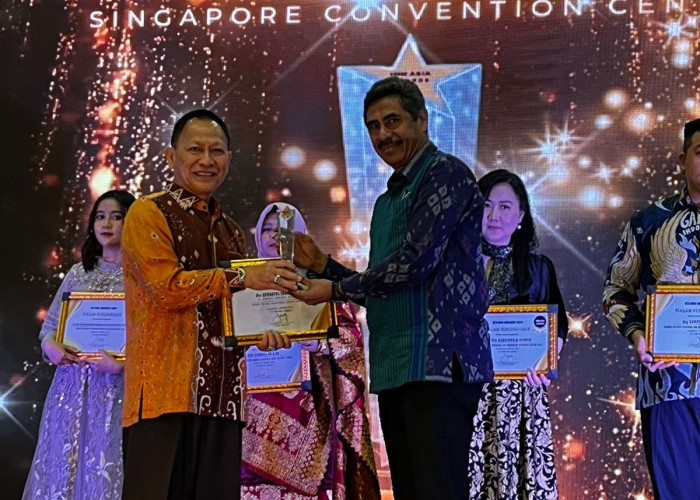Exploring Singapore's Rich History, From Ancient Origins to Raffles' Influence
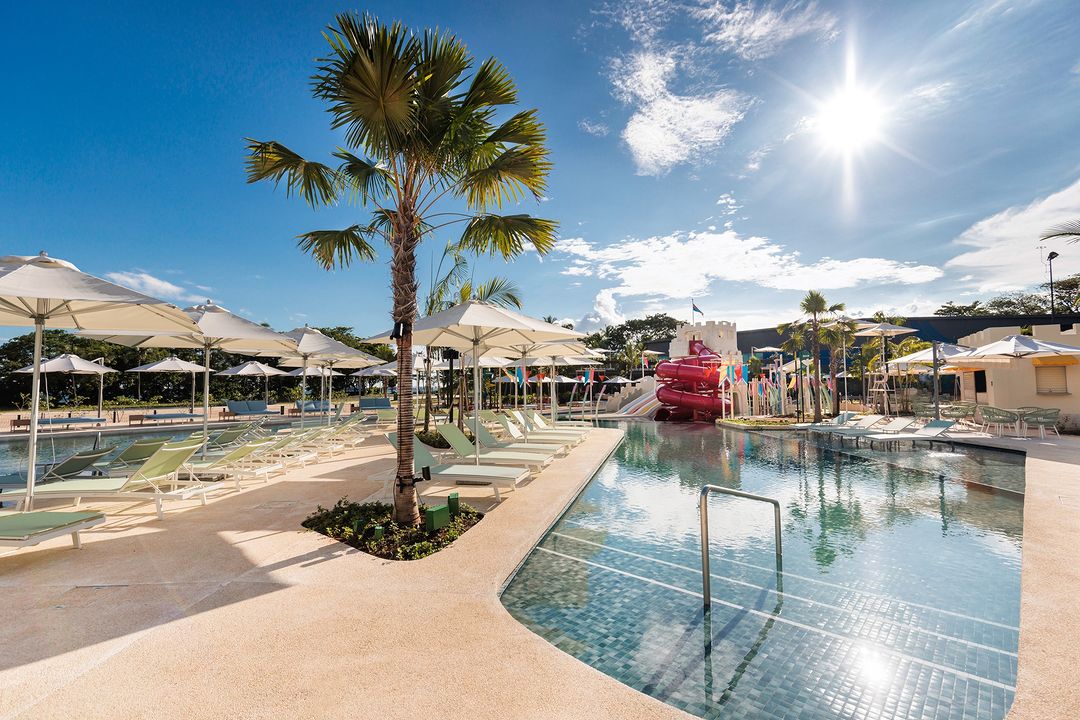
Exploring Singapore's Rich History, From Ancient Origins to Raffles' Influence--
RADARLAMPUNG.CO.ID-Singapore, a bustling metropolis today, boasts a captivating history that dates back centuries.
From its mysterious early days to its pivotal role in global trade, and ultimately, its transformation into a thriving modern city, Singapore's story is a fascinating one.
While the early history of Singapore remains shrouded in mystery, there are records from the third century that refer to it as 'Pu-Luo-Chung' in Chinese, which translates to 'Pulau Ujong' in Malay.
BACA JUGA:Discover Affordable Comfort, Two-Star Hotels in Singapore
Pulau Ujong means island at the end of the peninsula, a fitting description for its geographical location.
The city was initially known as Temasek, which translates to the City of the Sea. It was in 1298-1299 AD when the first settlement was established on this island.
In the 14th century, Singapore gained a new name, inspired by a legendary tale.
According to this legend, Sang Nila Utama, a Prince from Palembang (the capital of the Srivijaya kingdom), was on a hunting expedition when he encountered a mysterious animal he had never seen before.
BACA JUGA:3 Facts About Marina Bay Sands Singapore Infinity Pool You Should Know
Taking it as a favorable omen, he decided to establish a city at that very spot and named it Singapura, derived from Sanskrit, with simha meaning lion, and pura meaning city. Thus, the Lion City of Singapore was born.
Singapore's early history saw the reign of five kings. Its strategic location at the tip of the Malay Peninsula made it a natural meeting point for various shipping routes, attracting ships from across the world, including Chinese, Arabian, Portuguese, and Bugis vessels.
The 19th century marked a significant turning point in Singapore's history, thanks to the vision of Sir Thomas Stamford Raffles.
BACA JUGA:Singapore to Bali Flights Soar in July 2023, Here's Why
At that time, the British sought a strategic port in the region to establish a base for their commercial fleet and deter Dutch advances. Singapore, already a major trading post along the Straits of Malacca, emerged as the ideal choice.
Cek Berita dan Artikel lainnya di Google News
Sumber:




